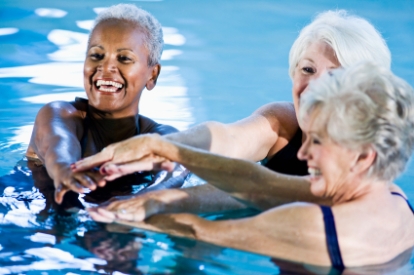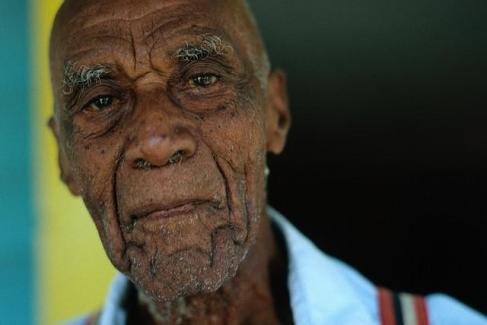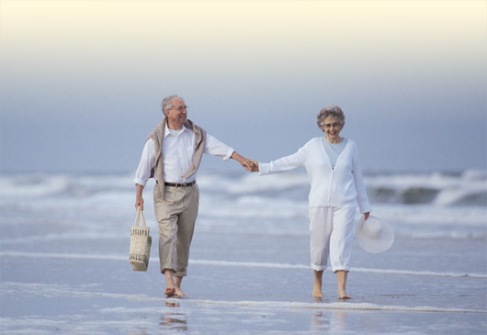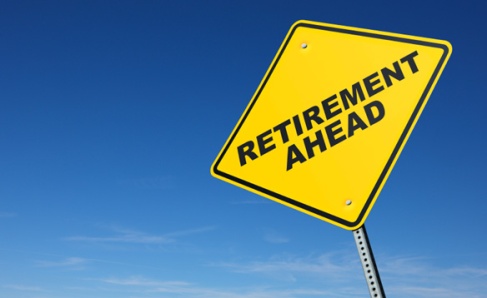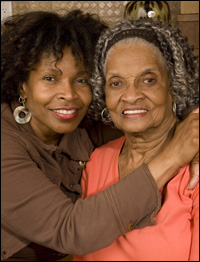Parkinson Disease is a degenerative brain disorder affecting movement. Symptoms are caused by the deficiency of a chemical in the brain called Dopamine; why it happens, nobody knows. It is not fatal but progressive and incurable and with time, severely affects quality of life. Currently there is no one specific test to diagnose Parkinson’s Disease. Diagnosis is a combination of symptoms exhibited and eliminating other possible causes.

Symptoms of Parkinson’s Disease
- Tremor- (shaking usually starts on one side of the body, often in the hand or finger)
- Rigidity- (stiffness where the limbs feel like lead)
- Akinesia- (difficulty in initiating movement and slowness of movement)
- Problems with balance
Facts about Parkinson’s Disease
- Medicines effective for only a limited period. They then become less effective or cause disabling side-effects.
- Stress intensifies symptoms and counteracts the benefit of medicines.
- People also often suffer from depression, severe anxiety and emotional turmoil.
- Even with severe symptoms, there is little impairment to the intellect.
- Environmental and genetic factors may play a part in the development of Parkinson’s Disease.
Myths about Parkinson’s Disease
- Only old people get Parkinson’s disease.
- The only thing that people with Parkinson’s have is shaking.
- People with Parkinson’s are unemotional and not in touch with their feelings.
- Only the person with Parkinson’s is affected by the disease.
Treatment of Parkinson’s Disease
- Medicines – Medicines can control symptoms effectively for 5 to 10 years in most people before disabling side-effects appear and control then becomes less effective.
- Surgery – Deep Brain Stimulation (DBS) is an alternative to earlier forms of surgery where lesions are cut in the area of the brain that controls fine movement of the limbs to stop shaking. Even if surgery is successful, it only relieves symptoms for a period of time but does not stop progression of the disease.



 The absorption of nutrients tends to be lower in older adults because of age related changes in the digestive tract. Their liver may be less effective at breaking down toxic substances. Some older adults have difficulty digesting fatty foods, so these should be avoided when possible.
The absorption of nutrients tends to be lower in older adults because of age related changes in the digestive tract. Their liver may be less effective at breaking down toxic substances. Some older adults have difficulty digesting fatty foods, so these should be avoided when possible.

